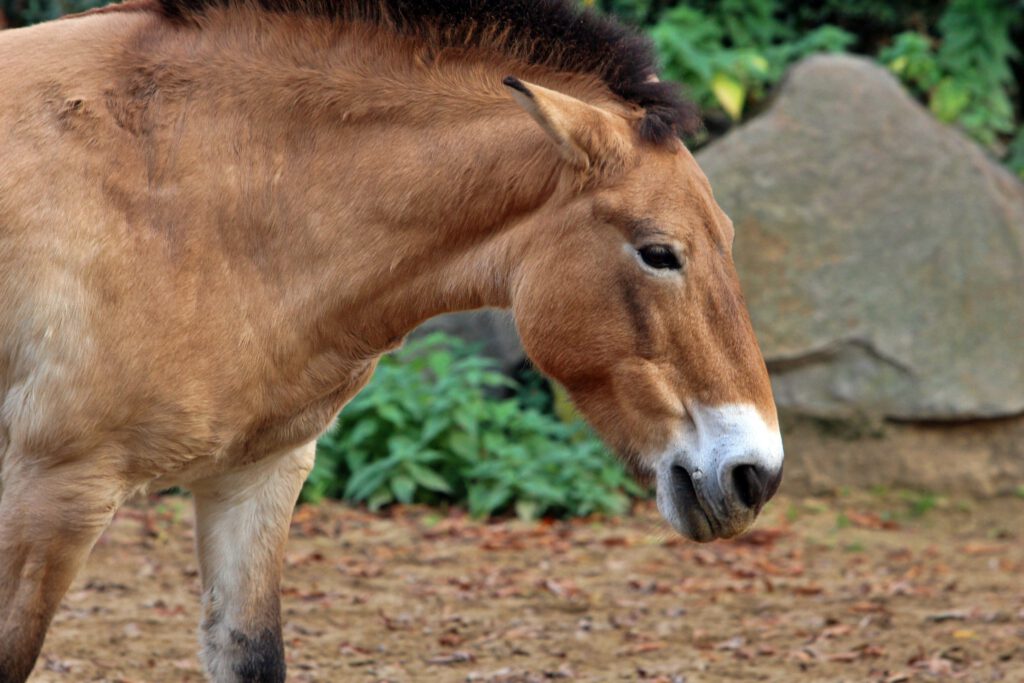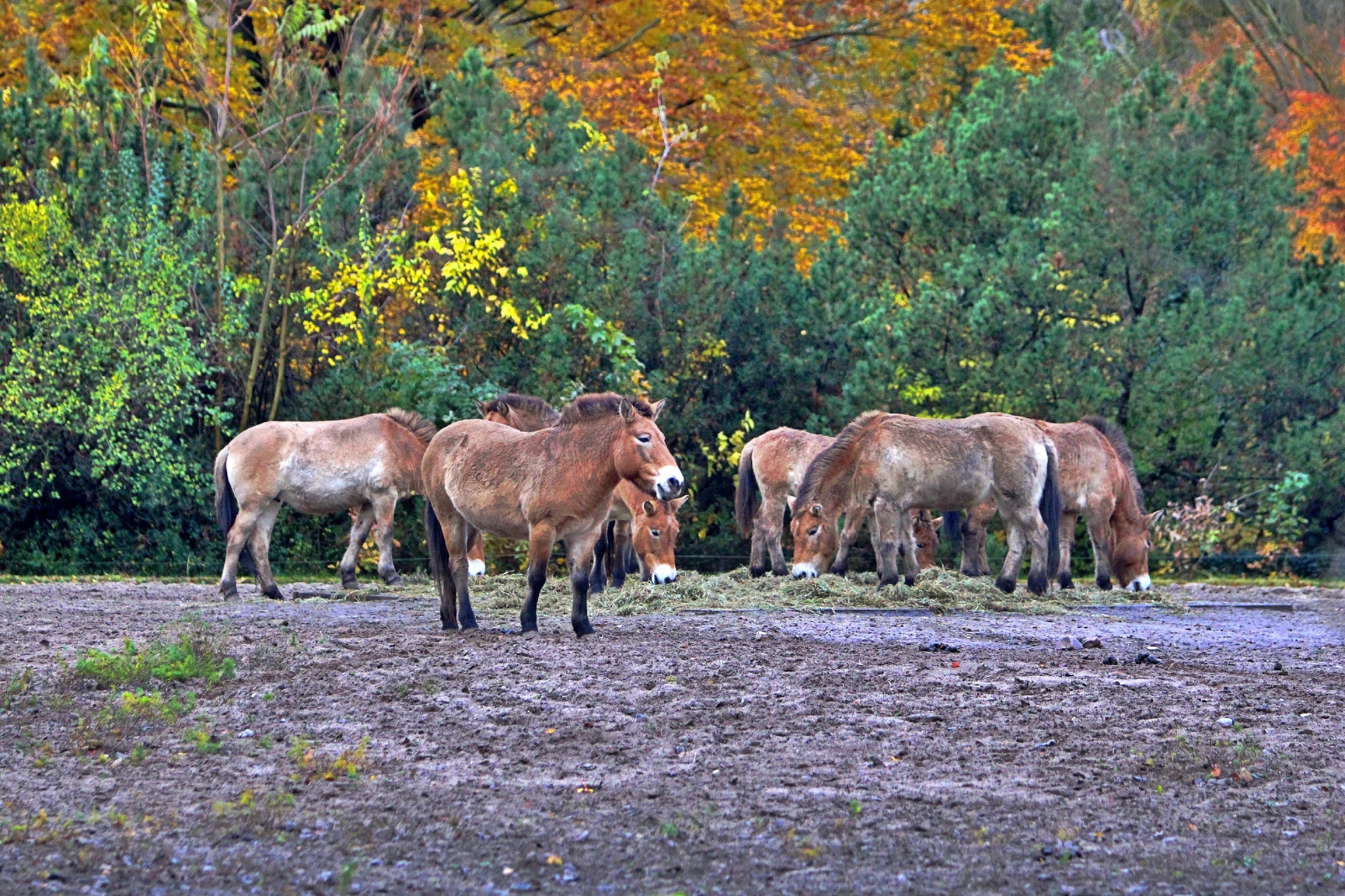Przewalski’s horses return to Kazakhstan
Przewalski’s horses will have a comeback in the Kazakh steppe in June 2024. The last documents were signed today to mark this historic step.
In a groundbreaking international effort titled “Return of Wild Horses,” the Przewalski’s horses are set to make a comeback to Kazakhstan this year. This initiative, led by the Prague Zoo in collaboration with various conservation organizations and government bodies, represents a significant step in the restoration of Kazakhstan’s natural heritage.
On June 2nd, two Czech Air Force CASA C-295 aircraft with a total of eight horses will set off from Prague (Czech Republic) and Berlin (Germany) towards Kazakhstan. After two stops, they will land in Arkalyk in central Kazakhstan, marking the beginning of a new chapter for Kazakhstan’s fauna.
Director of Prague Zoo, Miroslav Bobek, expressed enthusiasm about this endeavor, highlighting the successful reintroduction of Przewalski’s horses to Mongolia on 5 June, 1992 and the subsequent partnership with the government of Kazakhstan to achieve a similar goal.
The Przewalski’s horse, which became extinct in the wild in the late 1960s, has made a remarkable recovery thanks to targeted breeding programs in European zoos. Now a second step could be taken after Mongolia in efforts to reintroduce the horses to their native lands, and Kazakhstan could continue this conservation success story. This is not new territory for Kazakhstan. A great success has been achieved with the reintroduction of the kulan, which was also previously extinct in the country. Today there are over 3,000 wild Kulans living in the Altyn Emel National Park in the south of Kazakhstan alone.
The selected release area, the Altyn Dala State Nature Reserve in the Kostanay region, is located in an area where the horses were native before their extinction and offers the animals a suitable habitat to thrive. The wild ungulate reintroduction center in the reserve, managed by the Association for the Conservation of Biodiversity of Kazakhstan (ACBK), will provide initial accommodation to acclimate the horses to their new home and freedom before they are finally released into the steppe.
This ambitious project is a collaborative effort involving a multitude of institutions and partners, including the Committee for Forestry and Wildlife of the Ministry of Ecology and Natural Resources of Kazakhstan, Prague Zoo, ACBK, Frankfurt Zoological Society, Nuremberg Zoo, Tierpark Berlin, and Hortobágy National Park.
The Memorandum of Understanding (MoU) signed between the partners underlines their commitment to reintroduce at least forty wild horses to Kazakhstan within the next four to five years. The project draws on the expertise and resources of each participating organization, ensuring a comprehensive and sustainable approach to wildlife conservation.

In particular, the Altyn Dala Conservation Initiative, a flagship program recognized under the UN Decade for Ecosystem Restoration, plays a critical role in this endeavor. Since its founding in 2005, the initiative has been dedicated to preserving Kazakhstan’s unique steppe ecosystems and restoring important species such as the Przewalski’s horse.
As preparations for the transportation and release of the horses continue, the project reflects a shared vision of preserving biodiversity and restoring natural habitats. With support from international partners and local stakeholders, the return of wild horses to Kazakhstan symbolizes an additional beacon of hope for wildlife conservation worldwide.
Through concerted efforts and collaborative initiatives, conservationists aim to ensure a secure future for Przewalski’s horses and other endangered species, reaffirming the vital importance of preserving our natural heritage for generations to come. We wish the program success and all the best. We can’t wait to hear and see the incredible wild horses roaming in the Kazakh steppe again.
Article photo shows Przewalski’s horses of the Tierpark Berlin grazing on a autumn afternoon. The photo was made by Info Shymkent.
Sources: Press article of ACBK and own researches.



